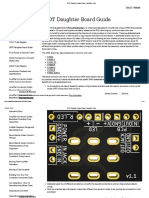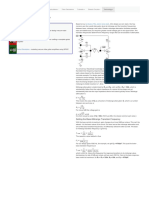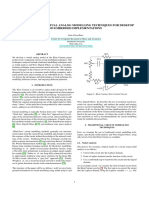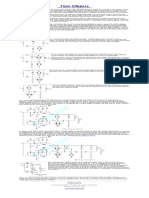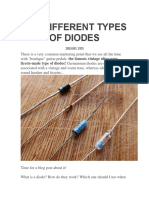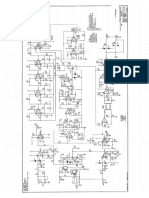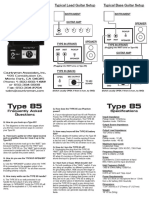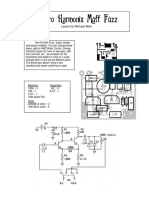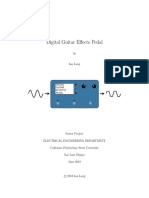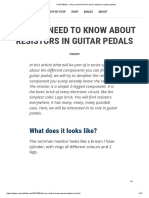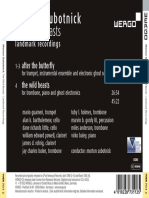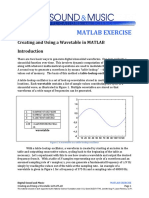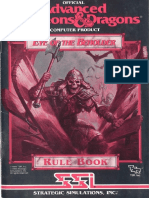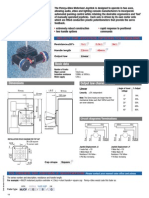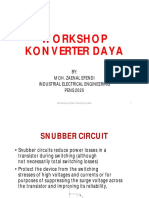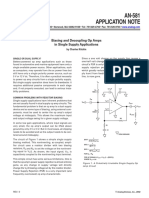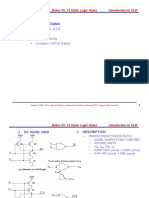0% found this document useful (0 votes)
217 views4 pagesElectronics Schematic Guide
This document discusses how to read electronic schematics. It explains that schematics use symbols to represent circuit components, with lines showing current flow. Common symbols are presented for resistors, capacitors, transistors and other elements. As an example, the schematic shows a simple circuit for a guitar effects pedal, with each component explained. It indicates how signals flow from the guitar through processing components before reaching the speaker. Additional notes describe how to interpret ground and power connections in schematics.
Uploaded by
jeanjean33Copyright
© © All Rights Reserved
We take content rights seriously. If you suspect this is your content, claim it here.
Available Formats
Download as PDF, TXT or read online on Scribd
0% found this document useful (0 votes)
217 views4 pagesElectronics Schematic Guide
This document discusses how to read electronic schematics. It explains that schematics use symbols to represent circuit components, with lines showing current flow. Common symbols are presented for resistors, capacitors, transistors and other elements. As an example, the schematic shows a simple circuit for a guitar effects pedal, with each component explained. It indicates how signals flow from the guitar through processing components before reaching the speaker. Additional notes describe how to interpret ground and power connections in schematics.
Uploaded by
jeanjean33Copyright
© © All Rights Reserved
We take content rights seriously. If you suspect this is your content, claim it here.
Available Formats
Download as PDF, TXT or read online on Scribd
/ 4
